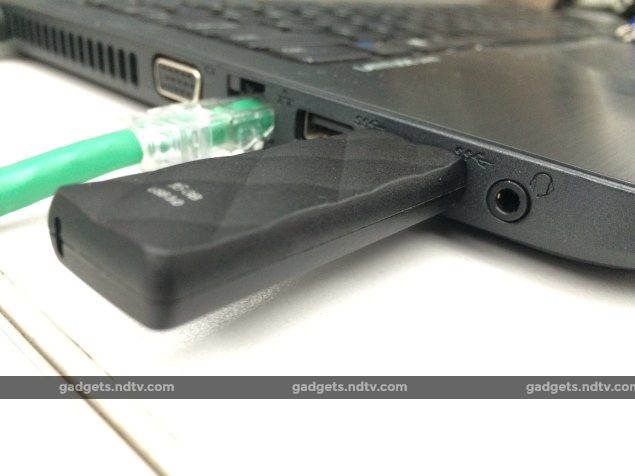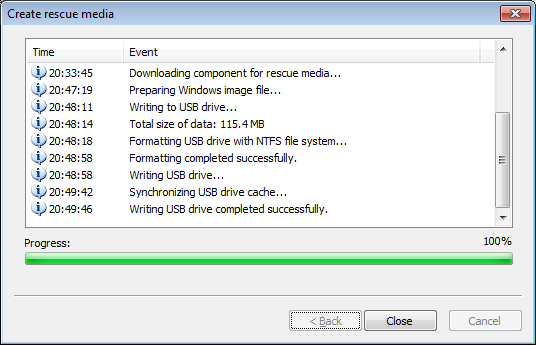
- #MAKING A WINDOWS XP BOOT DISK INSTALL#
- #MAKING A WINDOWS XP BOOT DISK SOFTWARE#
- #MAKING A WINDOWS XP BOOT DISK PC#
- #MAKING A WINDOWS XP BOOT DISK PLUS#
It can be complicated, convoluted and difficult as image files can be a number of different formats. This involves getting disk images from the Web, then transfering them to the Macintosh for installation. It may well work in higher versions of Windows but I haven't tested it. Unlike Winimage it's free! However, it's written for Windows 2000 and below. I haven't tried this personally but it looks like this program can also write Macintosh high density floppy disk images to high density 3.5 inch floppy disks on a PC. No files visible but a MAC prefix as indicated by the arrow

Winimage after loading a Macintosh image. You can now use these disks in your Macintosh for System installation.įigure 2.

However, in the "Label" box in the top centre there should be a MAC: prefix (See Figure 2). Winimage can't display the Macintosh files. It will be blank? Don't worry about this. The file should load successfully but you will see no files in the Winimage pane. Go to File -> Open and open the image you want to write.Place a 3.5 inch 1.44MB disk in your disk drive.
#MAKING A WINDOWS XP BOOT DISK PC#
I recommend you register your copy as it's a highly useful program.Īfter you have Winimage installed on your PC do the following to write a Macintosh floppy disk from the provided images.
#MAKING A WINDOWS XP BOOT DISK SOFTWARE#
The software is shareware and has a 30 day trial period. This program is used primarily for imaging PC disks but, although not promoted as such, it can process Macintosh disks as well.
#MAKING A WINDOWS XP BOOT DISK INSTALL#
Having obtained the necessary disk images, download and install Winimage. As far as I'm aware these disks can only be made with an older Mac.
#MAKING A WINDOWS XP BOOT DISK PLUS#
Why only with a superdrive for the Mac Plus and Mac SE? Unfortunately it's practically impossible for PC 3.5 inch drives to write in the 800k format used by standard Mac Plus and SE drives.


It explains some generic aspects of disk imaging and why, even if you DO have a good bootable disk, it may not work. Please click to READ THIS INTRODUCTORY PAGE FIRST. If you have found this page directly from an Internet search (as opposed to a link from my disk imaging introduction page) you have most likely missed some important information. Making vintage Macintosh boot or system disks (and getting other software) from disk images


 0 kommentar(er)
0 kommentar(er)
